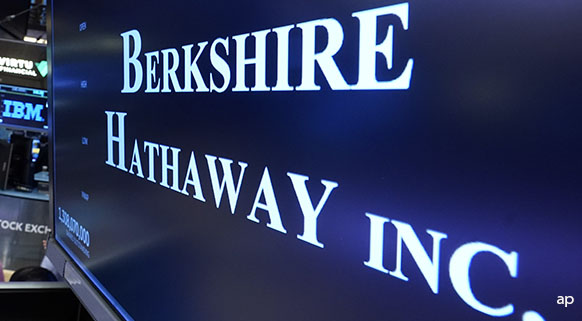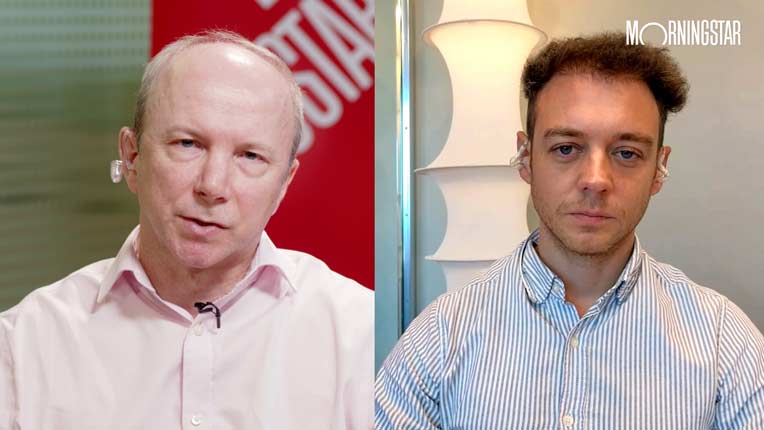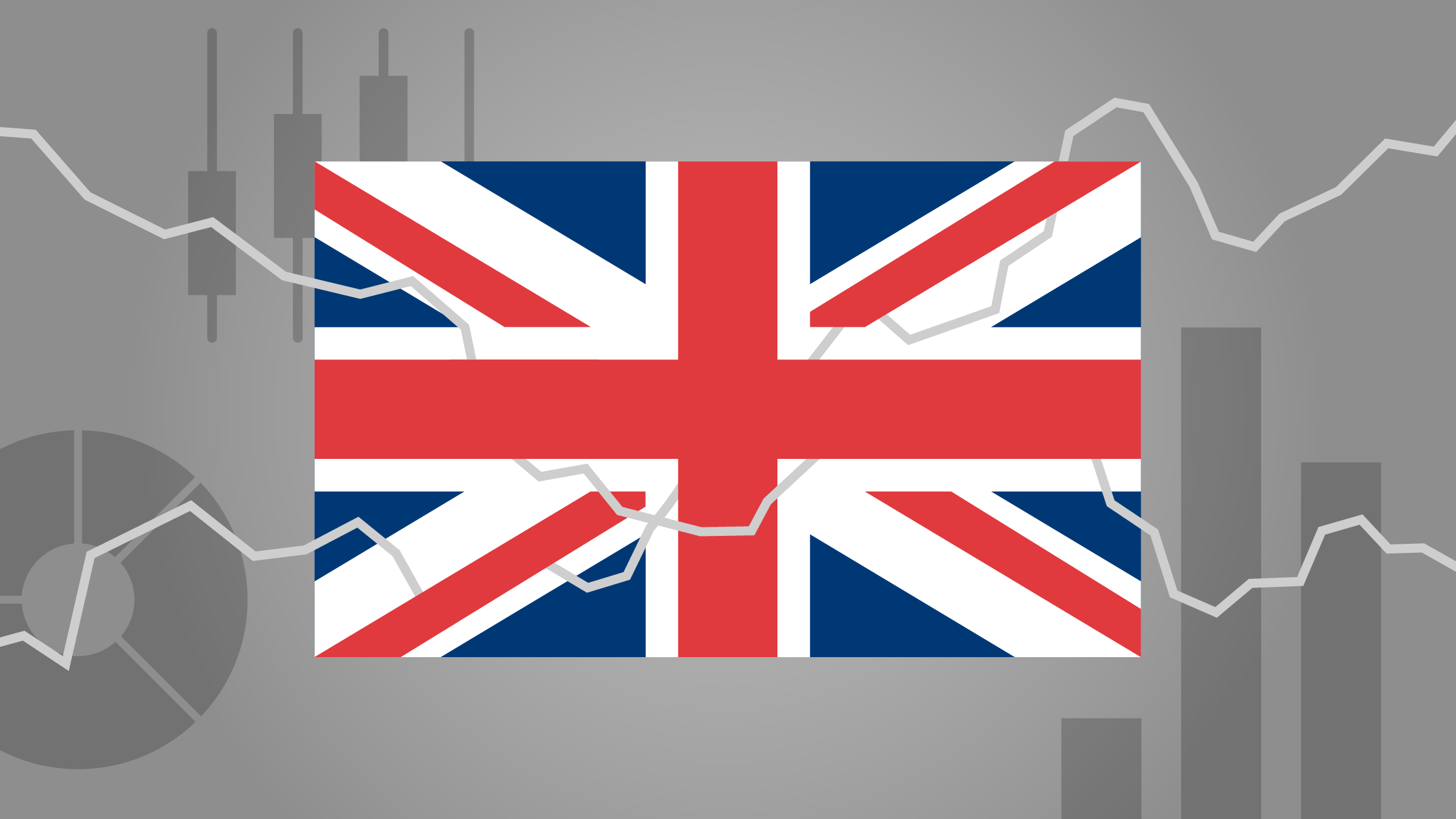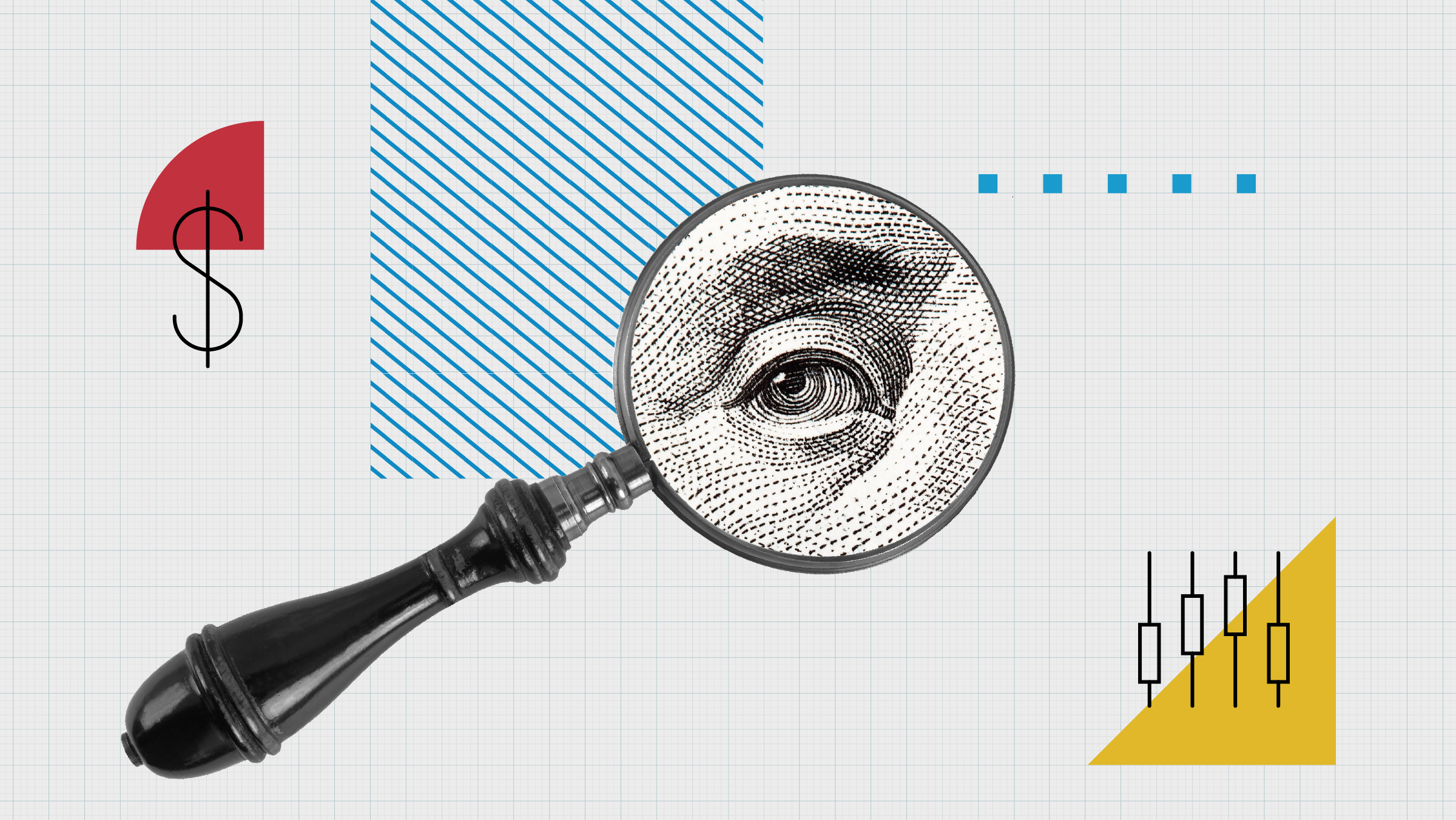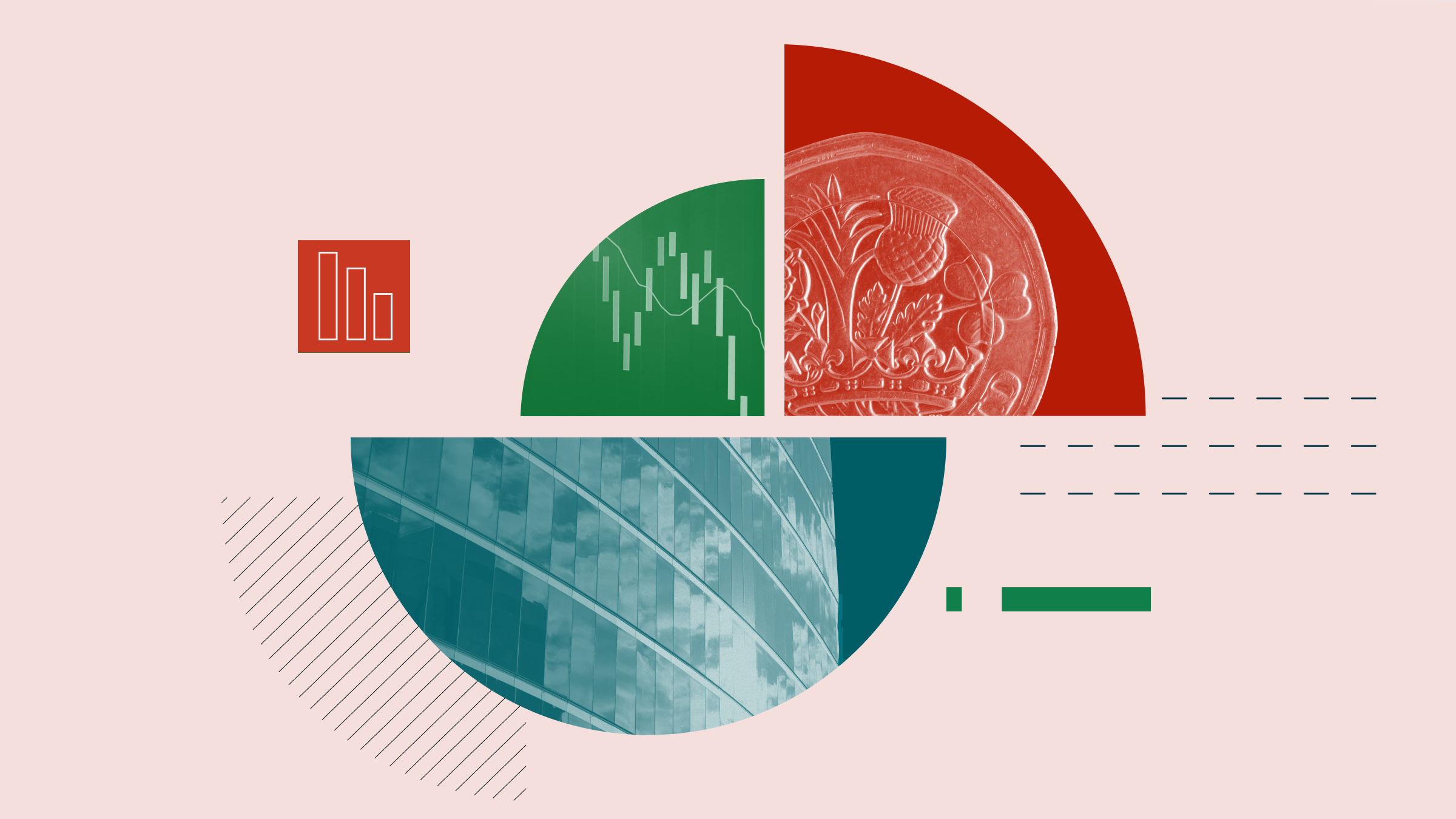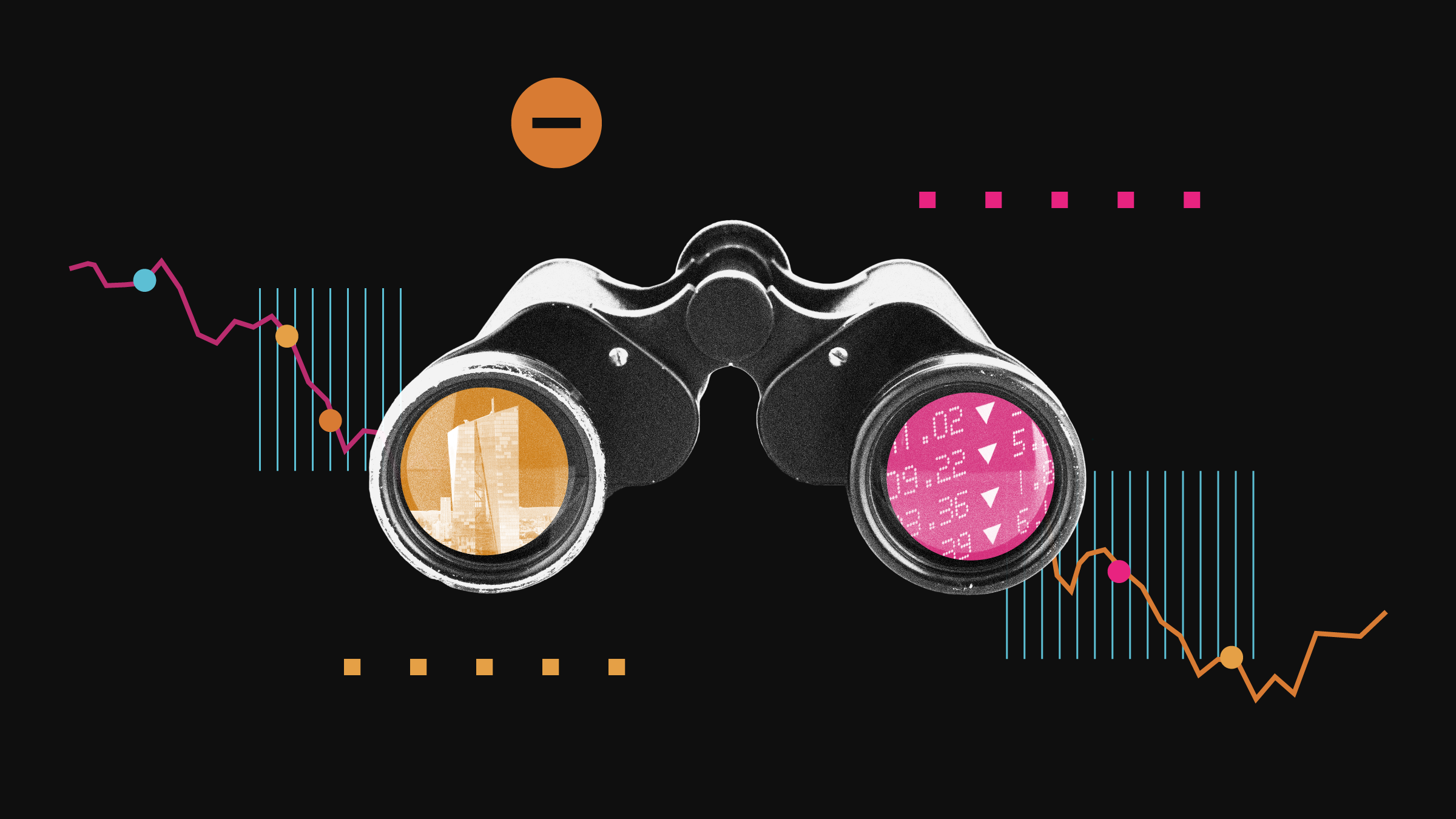The UK Equity Income sector is prone to generating periodic bouts of concern among investors: complaints include that it is over-concentrated, reliant on relatively few sectors, while dividends are vulnerable to changes in the economic environment. This has done little to dent its enduring popularity and it remains the third most popular equity sector among investors, but do dividends now look unusually problematic?

Divided cover of below 1.0 should ring alarm bells

A new report by platform AJ Bell suggests that investors should be concerned about the sustainability of their dividends. Dividend cover – the extent to which dividends are covered by a company’s earnings – has fallen to record low levels, particularly among the UK’s largest dividend payers.
Dividends for FTSE 100 companies are due to increase to £78.4 billion in 2017, £4.6 billion higher than 2016 forecasts. This chimes with the most recent Capita Asset Services Dividend Monitor, which showed total dividends rising 1.6% year on year to £24.9bn in the third quarter, in spite of more than £2.2 billion in cuts that hit during the period.
But these relative optimistic figures have been boosted by currency effects. The falling pound has flattered dividend payouts from large dollar-earning companies such as Shell (RDSB), HSBC (HSBA) and Unilever (ULVR), adding around £2.5 billion overall.
Perhaps most importantly, dividend cover is dropping. The AJ Bell report said that dividend cover looks ‘worryingly thin’ at 1.46 times. To put this in context, the dividend cover on the FTSE All Share is currently 0.95 times against a dividend yield of 3.51% . At the same point in 2013, dividend cover was 2.05 times, against a dividend yield of 3.28%.
This is worrying because it suggests that dividends may not be sustainable in future. Russ Mould, investment director at AJ Bell, said: “Divided cover of below 1.0 should ring alarm bells because it means the company is paying out more to shareholders than it makes in that year. This means it has to dip into cash reserves, sell assets or borrow money to maintain the payment. This is unlikely to be sustainable over the long term.”
Which Companies’ Dividends are Most at Risk?
There are six FTSE 100 companies with dividend cover of 1x or less – AstraZeneca (AZN), Sage, Royal Dutch Shell, Admiral Group, Vodafone (VOD) and Royal Bank of Scotland (RBS).
Mould adds: “Dividend cover of around 1.5 is less than ideal because it means a company has less room for manoeuvre if profits fall in one year. It will then need to decide whether to reduce its dividend, stop reinvesting in the business or take on more debt.” A further 26 firms, including giants such as GlaxoSmithKline, HSBC and BP have dividend cover below 1.5 times.
What is causing the problem? Richard Buxton, chief executive at Old Mutual Global Investors, says: “The payout ratio has risen significantly. Shareholders have become obsessed with growth in dividends.” He believes this has affected corporate behaviour. Corporate management has prioritised dividend growth at the expense of reinvesting in the business and, at times, at the expense of dividend ratios.
However, fund selectors are not abandoning the sector, merely ensuring they are more selective. Gavin Haynes, investment director at Whitechurch Securities, says: “With equities providing considerably higher yields than cash and bonds we believe dividend stocks remain enticing and should provide the core to stock market exposure.” He is still looking for those companies that can grow dividends above inflation, but not at the expense of dividend cover.
There are companies with adequate dividend cover that are also growing their dividends. However, these are relatively limited – half of the dividend growth from FTSE 100 companies is forecast to come from just seven companies including companies such as BHP Billiton (BLT), Lloyds (LLOY) and British American Tobacco (BATS). Nevertheless, there are a 17 companies with dividend cover over 2 times, that yield more than 3%, including Capita (CPI), EasyJet (EZJ), Old Mutual (OML), WPP (WPP), Next (NXT), Informa (INF) and Kingfisher (KGF).
It is no coincidence that many of these companies are to be found in more economically-sensitive areas, such as retail or advertising. Buxton says this is part of the nascent shift away from expensive ‘bond proxies’ in quality growth sectors such as consumer staples, as investors start to recognise the better value available in more cyclical areas.
It makes the case for investors both to plan their UK income exposure carefully, and also to look beyond the conventional equity income options. For example, the FTSE 250 and Small Cap indices have better aggregate dividend cover and may be a more fertile hunting ground.
Equally, investors might look globally. Dan Roberts, portfolio manager of the Fidelity Global Dividend fund, says: “Both Europe and Japan are at more reasonable levels with respect to their historical cyclically-adjusted PE range than the US or the market in aggregate and it is here where I expect to identify more companies with good balance sheets and well covered dividends.”
UK Falls Behind Asia in Dividend Table
The latest Henderson Global Dividend index showed the relative weakness of UK dividend growth compared to areas such as Japan, North America and Asia Pacific.
The aggregate dividend yield from equities still looks attractive relative to other asset classes, such as bonds. However, investors need to be discerning among UK companies, because dividends are not well-covered. It also makes the case for spreading the net more broadly, looking beyond UK large caps to smaller companies, or to global strategies.











